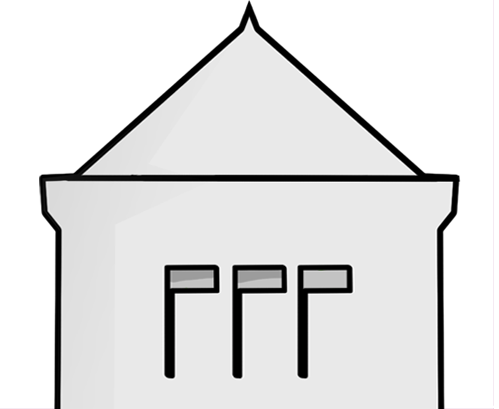Team:Leeds/Project
From 2013.igem.org
m |
|||
| Line 7: | Line 7: | ||
We split our project into self-contained phases, to help better organise ourselves, but also lay out a road map for our own future work within and without iGEM. The first of these looks at developing, characterising and producing basic BioBricks. | We split our project into self-contained phases, to help better organise ourselves, but also lay out a road map for our own future work within and without iGEM. The first of these looks at developing, characterising and producing basic BioBricks. | ||
===Biobrick I=== | ===Biobrick I=== | ||
| - | Biobrick I is a very simple modification of the Cpx | + | Biobrick I is a very simple modification of the Cpx promoter in ''E. coli'' to produce a fluorescent reporter when the cell is under membrane stress. We will then characterise and test the insertion following the work by ''Otto & Silhaevy 2001'' in which glass beads were used to induce hydrophobic membrane stress. What we would hope is that when we add our cells to a vial containing similar hydrophobic beads we can detect fluorescence emissions confirming that our biobrick is working as we had hoped. |
===Biobrick 2=== | ===Biobrick 2=== | ||
| - | Simultaneously, we will be developing a BioBrick for physical attachment and detection of particles. Again, fluorescent reporters will be used, but this time the focus is on the adhesion proteins being used. | + | Simultaneously, we will be developing a BioBrick for physical attachment and detection of particles. This will work using Ice Nucleation Protein to display a oligo-peptide of our choice on the outer-membrane of our ''E. coli", initially this will be a peptide capable of binding silica beads allowing us to create a model system of particle detection. The cells producing this receptor complex will also be constitutively producing a fluorescent reporter of our choice to allow for its detection on silica beads following removal of supernatant and washing. |
| + | |||
| + | Again, fluorescent reporters will be used, but this time the focus is on the adhesion proteins being used. | ||
===Youtube Videos=== | ===Youtube Videos=== | ||
While doing all of this, the team aims to create short Youtube videos to teach Synthetic Biology at a range of levels, but especially including instructional videos for future team members. | While doing all of this, the team aims to create short Youtube videos to teach Synthetic Biology at a range of levels, but especially including instructional videos for future team members. | ||
Revision as of 08:44, 5 July 2013
| Brief project overview, possibly going to have a lot of sub pages
Phase IWe split our project into self-contained phases, to help better organise ourselves, but also lay out a road map for our own future work within and without iGEM. The first of these looks at developing, characterising and producing basic BioBricks. Biobrick IBiobrick I is a very simple modification of the Cpx promoter in E. coli to produce a fluorescent reporter when the cell is under membrane stress. We will then characterise and test the insertion following the work by Otto & Silhaevy 2001 in which glass beads were used to induce hydrophobic membrane stress. What we would hope is that when we add our cells to a vial containing similar hydrophobic beads we can detect fluorescence emissions confirming that our biobrick is working as we had hoped. Biobrick 2Simultaneously, we will be developing a BioBrick for physical attachment and detection of particles. This will work using Ice Nucleation Protein to display a oligo-peptide of our choice on the outer-membrane of our E. coli", initially this will be a peptide capable of binding silica beads allowing us to create a model system of particle detection. The cells producing this receptor complex will also be constitutively producing a fluorescent reporter of our choice to allow for its detection on silica beads following removal of supernatant and washing. Again, fluorescent reporters will be used, but this time the focus is on the adhesion proteins being used. Youtube VideosWhile doing all of this, the team aims to create short Youtube videos to teach Synthetic Biology at a range of levels, but especially including instructional videos for future team members.
Phase IIPhase II takes the products of Phase I to the next level, and begins to look at integration of the two BioBricks. Biobrick IIIDue to it's size, the team have decided to collaborate with the Evry team and make use of the Goldengate/GoldenBrick assembly methods. This will hopefully allow our small team to rather rapidly integrate and produce this thrid master BioBrick.
| |||||||
 |
| ||||||

| |||||||

| |||||||
| Home | Team | Official Team Profile | Project | Parts Submitted to the Registry | Modeling | Notebook | Safety | Attributions |
|---|
Overall project
Tell us more about your project. Give us background. Use this is the abstract of your project. Be descriptive but concise (1-2 paragraphs)
 "
"






